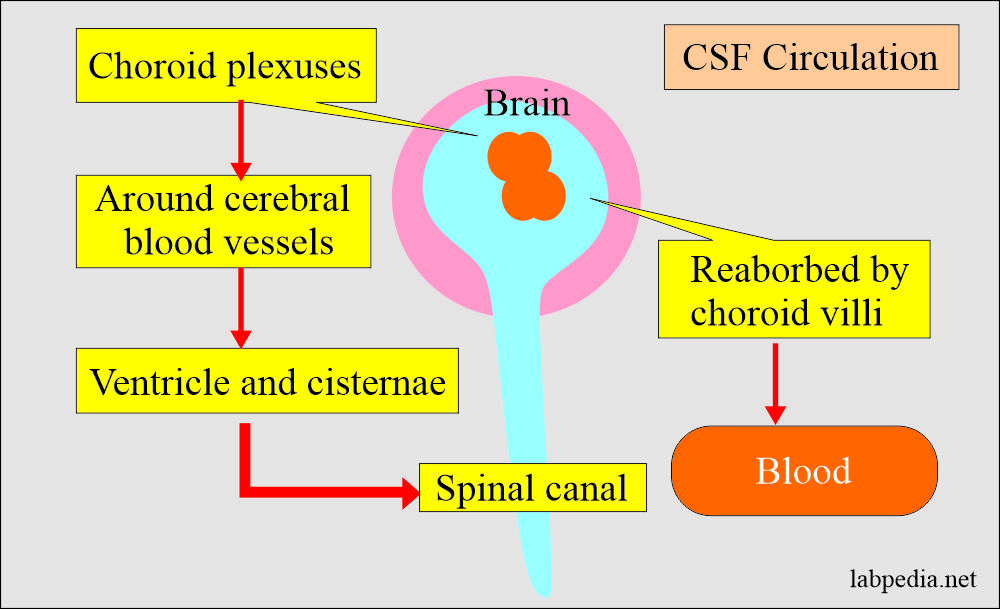Understanding the circulation of cerebrospinal fluid (CSF) is crucial for maintaining brain health and function. CSF is a clear fluid that surrounds the brain and spinal cord, providing cushioning and protection. It also helps remove waste products from the brain and delivers nutrients and hormones to brain cells. A disruption in CSF circulation can lead to serious health issues, such as hydrocephalus or infections.
One way to understand CSF circulation is through a flow chart, which visually represents the movement of CSF within the brain and spinal cord. This flow chart can help healthcare professionals diagnose and treat conditions related to CSF circulation, as well as educate patients about the importance of maintaining a healthy flow of CSF.
Csf Circulation Flow Chart
Components of a CSF Circulation Flow Chart
A typical CSF circulation flow chart includes key components such as the choroid plexus, ventricles, subarachnoid space, and arachnoid villi. The choroid plexus is responsible for producing CSF in the brain’s ventricles, while the ventricles are interconnected cavities that store and circulate CSF throughout the brain. The subarachnoid space is a thin layer between the brain and spinal cord where CSF flows, while the arachnoid villi absorb excess CSF back into the bloodstream.
Each component of the CSF circulation flow chart plays a vital role in maintaining the balance of CSF within the brain and spinal cord. By understanding how these components work together, healthcare professionals can better diagnose and treat conditions that affect CSF circulation, such as hydrocephalus or meningitis. Patients can also benefit from seeing a visual representation of CSF circulation, as it can help them better understand their condition and treatment options.
How to Use a CSF Circulation Flow Chart
Healthcare professionals can use a CSF circulation flow chart as a teaching tool during patient consultations or educational seminars. By walking patients through the flow chart and explaining each component’s role in CSF circulation, healthcare professionals can help patients better understand their condition and treatment plan. Patients can also use a CSF circulation flow chart as a reference tool to track their progress and monitor changes in their CSF circulation over time.
In conclusion, understanding CSF circulation is essential for maintaining brain health and function. A flow chart can visually represent the movement of CSF within the brain and spinal cord, helping healthcare professionals diagnose and treat conditions related to CSF circulation. By using a CSF circulation flow chart as a teaching and reference tool, both healthcare professionals and patients can improve their understanding of CSF circulation and its importance for overall brain health.
Download Csf Circulation Flow Chart
Circulation Of Cerebrospinal Fluid Csf Quiz Vrogue co
Brain 101 The Ventricles And CSF Flow Hydrocephalus Association
CSF Circulation Made Simple Epomedicine
CSF Circulation Made Simple Epomedicine




